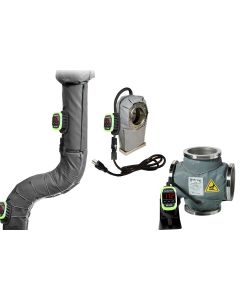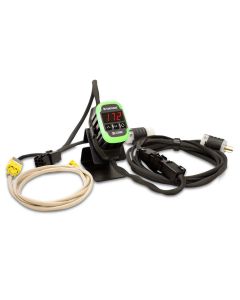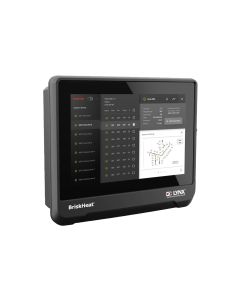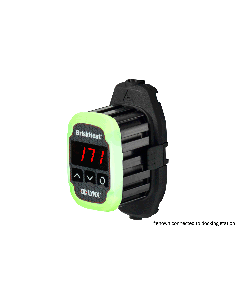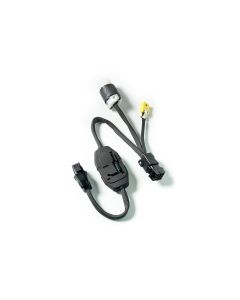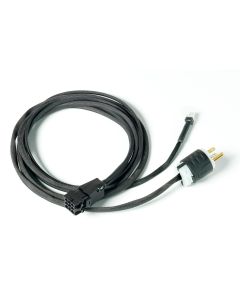Deposition and Etch Processes
A simple and effective way to prevent condensation during deposition and etch processes
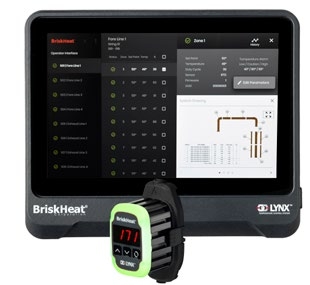
Application
Manufacturers of semiconductors, flat panel displays, LEDS, and photovoltaics utilize several manufacturing processes that involve gas delivery and removal. Typical gas-transportation processes that need to be heated are either an etch process (removing material) or a deposition process (adding material or precursors). In Chemical Vapor Deposition Process (CVD), gases or vapor-phase precursors will condense and build-up on the sides of the transportation system if not properly heated, typically between 212°F to 392°F (100°C to 200°C) depending on the process and gas being used. A specific type of CVD called Atomic Layer Deposition (ALD) use precursors with higher solid content that may require heating to temperatures as high as 572°F (300°C) to remain as vapors for flow measurement and delivery. Accurate temperature control is required throughout process chambers or vessels to ensure appropriate amounts of vapor at required pressures for delivery and processing. Failure to retain required temperatures will result in condensation based on each precursors phase curve. After they are used for production, they travel from the process chamber to a vacuum pump via a foreline, then through an exhaust line to an abatement system where they are burned off or collected into water. If the gases are not heated and appropriate temperatures maintained during their delivery and processing, deposition rates and therefore product quality can be adversely impacted. Condensation during any part of etch and deposition processes result in costly production downtime and high maintenance costs.
Solution
Heat the delivery, exhaust and foreline piping systems with BriskHeat Cloth Heating Jackets. BriskHeat’s cloth heating jackets provide precise and uniform heat for all components in the system including the lines, valves, flanges, and unistruts. By heating all the components, hot spots and cold spots are reduced which drastically increases time between preventative maintenance cycles. These heaters are all connected as a system and each heater is individually controlled with a LYNX™ modular PID temperature controller to maximize efficiency and performance. Cloth heating jackets have built-in insulation for optimal energy efficiency. In addition, they are easy-to-install and remove, are suitable for clean room environments, meet SEMI S2 safe to the touch safety standards, and do not contain silicone which eliminates the risk of unwanted silicone outgassing.
BriskHeat’s most advanced modular temperature controller system that provides individual PID temperature controller for each heater in the system. Each heating jacket has a built-in highly accurate platinum 100ohm RTD or thermocouple sensor and is connected to a module that is local to the jacket. A touchscreen interface is provided to display real-time performance of every heating jacket (up to 1,024 zones) and offers data logging capabilities. Users will know each heater’s performance status, either through the large full-color touchscreen, the highly visible status heater-indicator lights, remote monitoring, or email alerts.

